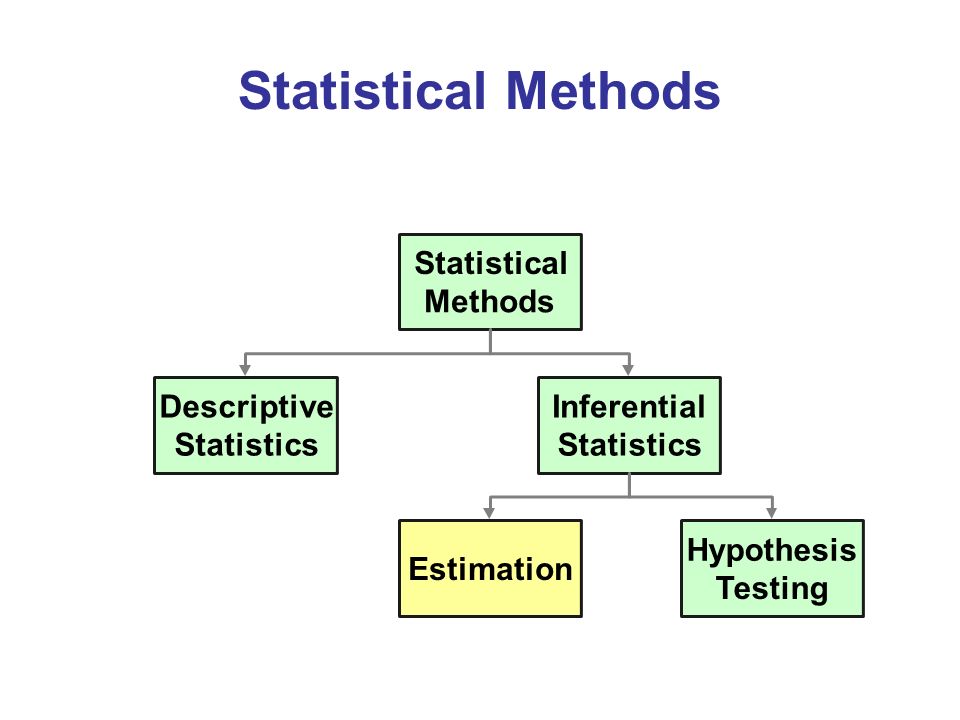In many domains, data measurements can naturally be associated with the leaves of a tree, expressing the relationships among these measurements. For example, companies belong to industries, which in turn belong to ever coarser divisions such as sectors; microbes are commonly arranged in a taxonomic hierarchy from species to kingdoms; street blocks belong to neighborhoods, which in turn belong to larger-scale regions. The problem of tree-based aggregation that we consider in this paper asks which of these tree-defined subgroups of leaves should really be treated as a single entity and which of these entities should be distinguished from each other. We introduce the "false split rate", an error measure that describes the degree to which subgroups have been split when they should not have been. We then propose a multiple hypothesis testing algorithm for tree-based aggregation, which we prove controls this error measure. We focus on two main examples of tree-based aggregation, one which involves aggregating means and the other which involves aggregating regression coefficients. We apply this methodology to aggregate stocks based on their volatility and to aggregate neighborhoods of New York City based on taxi fares.
翻译:在许多领域,数据测量自然可以与树叶相联系,表达这些测量之间的关系。例如,公司属于工业,而工业又属于部门等日益粗糙的分区;微生物通常是按物种到王国的分类等级排列的;街道街区属于社区,而社区又属于大面积区域。我们本文中考虑的基于树的集合问题,即树上的树块问题,我们想问这些树上界定的树叶分组中哪一个真正应该作为单一实体对待,哪些实体应该相互区别。我们引入了“假分裂率”这一错误计量标准,它描述了亚群在不应该进行分类时被分割的程度。我们然后提出了基于树的集合的多重假设算法,我们证明可以控制这种错误计量。我们侧重于基于树的集合的两个主要例子,一个是集成手段,另一个是累积回归系数。我们根据树块的波动性对总储量和根据出租车票价对纽约市的集合区进行这一方法。


